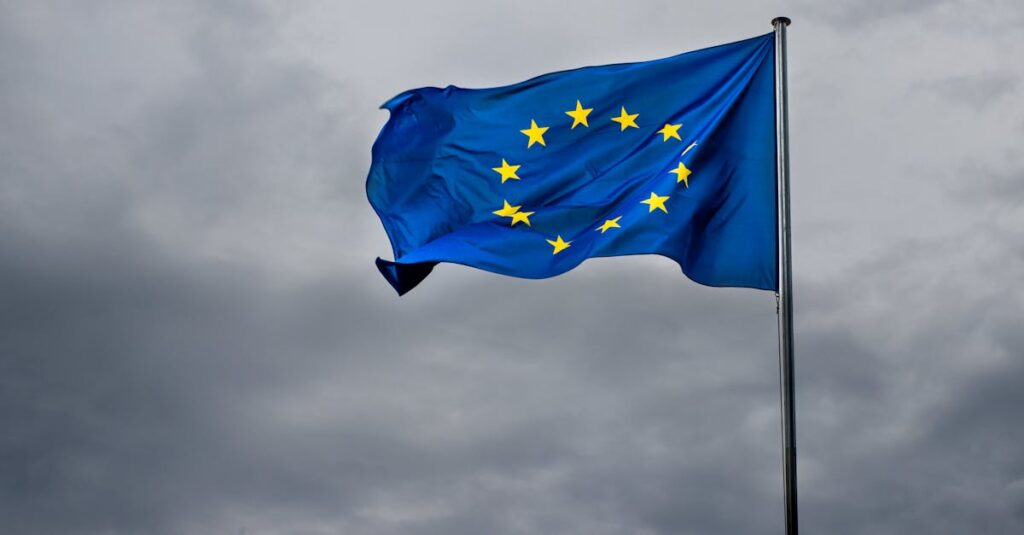Europe is blessed with world-class research, talented innovators, and ambitious entrepreneurs. Yet, too often, groundbreaking ideas struggle to reach the market. Fragmented policies, complex regulations, and inconsistent support mechanisms slow the journey from lab to launch — and in too many cases, push innovators toward grey capital markets that operate outside transparent and regulated frameworks.
The European Innovation Act (EIA) presents a real opportunity to change this. But to unlock its full potential, we need to look beyond funding R&D and focus on what really drives innovation: the ability to commercialise, scale, and collaborate across borders under clear, predictable rules. Here, the European Crowdfunding Service Providers Regulation (ECSPR) is a tool that remains underutilised. ECSPR provides a harmonised, regulated framework that allows start-ups and scale-ups to access cross-border capital safely. Yet, awareness and promotion of ECSPR remain limited, and national legislation often defaults to fragmented or grey market solutions, sometimes even supporting them through public or institutional funding programmes. This creates systemic risks, reduces investor protection, and undermines confidence in EU innovation markets.
At Eurocrowd, our experience on both sides of the innovation ecosystem, we have been running more than 20 EU programmes and tenders, while also participating as a buyer navigating procurement and infrastructures, has shown us the sticking points clearly. SMEs and start-ups struggle to access the research and technology infrastructures they need. Intellectual property rules across universities, research organisations, and Member States remain inconsistent, creating friction for commercialisation. Standardisation, certification, and permitting processes are slow and expensive. Meanwhile, the underpromotion of regulated funding pathways like ECSPR leaves innovators and investors exposed to higher-risk grey markets. Some of which are even promoted by EU institutions.
Addressing these challenges cannot just be bureaucratic housekeeping. It is about giving European innovators the conditions they need to compete globally, safely, and sustainably. We need harmonised access to research and technology infrastructures, clear and practical IPR frameworks, fast-track standardisation and certification for start-ups, and policies that align across public funding instruments. Critically, ECSPR must be actively promoted as the default EU-wide route to financing, with institutional support prioritised for regulated markets over grey alternatives. And above all, we need mechanisms that enable seamless collaboration between academia, industry, and the public sector.
Europe has the talent, the ideas, and the ambition. What’s missing is a coherent, innovation-friendly environment that bridges the gap between research, financing, and market impact, without leaving room for unregulated grey markets to thrive or overly benefit. The European Innovation Act can be that bridge — but only if policymakers act decisively to remove barriers and promote harmonised, regulated, and transparent support mechanisms across the Union.
For those working at the intersection of finance, innovation, and European collaboration, this is not just policy. It is the roadmap for Europe to reclaim its position as a global innovation leader, on a foundation that is secure, sustainable, and inclusive.
Key challenges we see:
- Limited and costly access to research and technology infrastructures for SMEs and public buyers.
- Fragmented IPR policies across universities, RTOs, and Member States, creating barriers for commercialisation.
- Lack of harmonisation in standardisation, certification and permitting processes, which slows market uptake.
- Administrative complexity and legal uncertainty in cross-border collaboration.
What we believe should be addressed in the European Innovation Act:
- Affordable and simplified access to research and technology infrastructures, supported by EU-wide models and financial schemes for SMEs and public buyers.
- Clear and harmonised IPR frameworks, ensuring that universities and RTOs have policies in place that enable licensing, spin-offs and cross-border technology transfer.
- Integration of standardisation and certification from early stages of research, with reduced costs and fast-track processes for start-ups and scale-ups.
- Alignment of policies across public funding instruments, so that innovators are not blocked when combining different EU and national resources.
- Strengthened collaboration mechanisms between academia, industry and the public sector, with simplified contractual frameworks and incentives for engagement.
By addressing these issues, the European Innovation Act can help Europe close the gap between world-class research and globally competitive innovation. It can also create a more level playing field for SMEs, investors, and public buyers who want to foster sustainable and inclusive growth.
At Eurocrowd, we remain committed to supporting the development of this innovation agenda through our expertise in financing, entrepreneurship support, and European collaboration.



